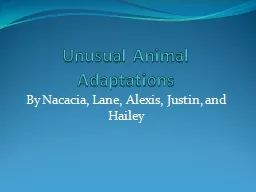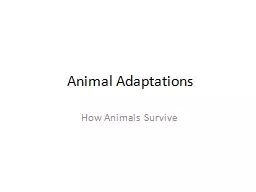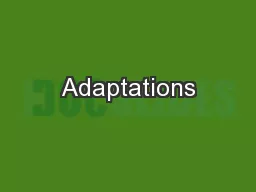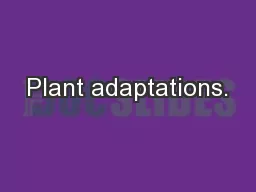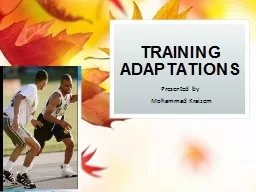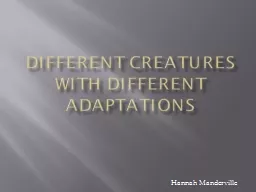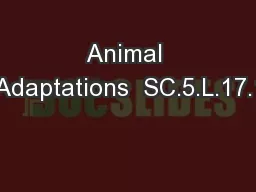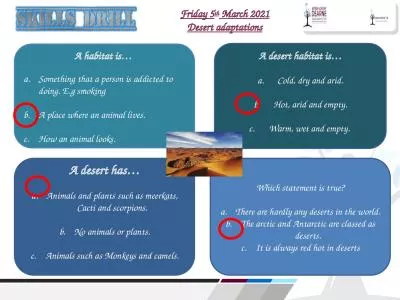PPT-Unusual Animal Adaptations
Author : debby-jeon | Published Date : 2016-03-29
By Nacacia Lane Alexis Justin and Hailey Introduction On these slides you will see adaptations of animals Some use camouflage webbed feet skin between their
Presentation Embed Code
Download Presentation
Download Presentation The PPT/PDF document "Unusual Animal Adaptations" is the property of its rightful owner. Permission is granted to download and print the materials on this website for personal, non-commercial use only, and to display it on your personal computer provided you do not modify the materials and that you retain all copyright notices contained in the materials. By downloading content from our website, you accept the terms of this agreement.
Unusual Animal Adaptations: Transcript
Download Rules Of Document
"Unusual Animal Adaptations"The content belongs to its owner. You may download and print it for personal use, without modification, and keep all copyright notices. By downloading, you agree to these terms.
Related Documents

